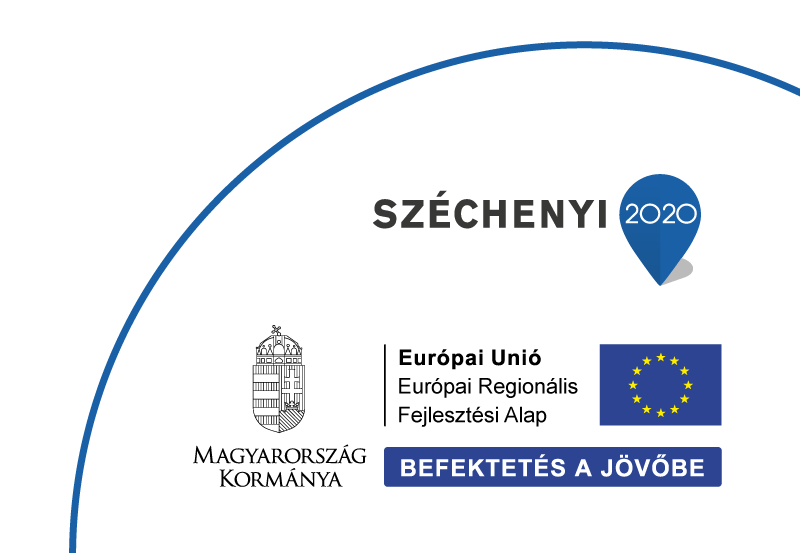|
Auger-emitting radionuclides, exemplified by Pd-103, exhibit considerable therapeutic potential in cancer treatment due to their high cytotoxicity and localized biological impact. Despite these advantages, the separation of such radionuclides presents a complicated challenge, requiring intricate and time-intensive “wet chemistry” methods attributed to the exceptional chemical inertness of the associated metals. Our study proposes an innovative solution to this separation challenge through the design and implementation of a radionuclide separation equipment (RSE). The equipment employs a dry distillation approach, capitalizing on differences in partial vapor pressures between irradiated and resulting radioactive metals, with a diffusion-driven extraction method applied to separate Pd-103 radionuclides generated via the proton irradiation of Rh-103 at cyclotron.
-
This seminar introduces the article of the month 2024/2:
Innovative approach to producing Palladium-103 for Auger-emitting radionuclide therapy: a proof-of-concept study, Pharmaceuticals 17:2 Paper:253, 13 p. (2024). - Tea and cookies are offered before the seminar at 10:30 AM.
 English
English
